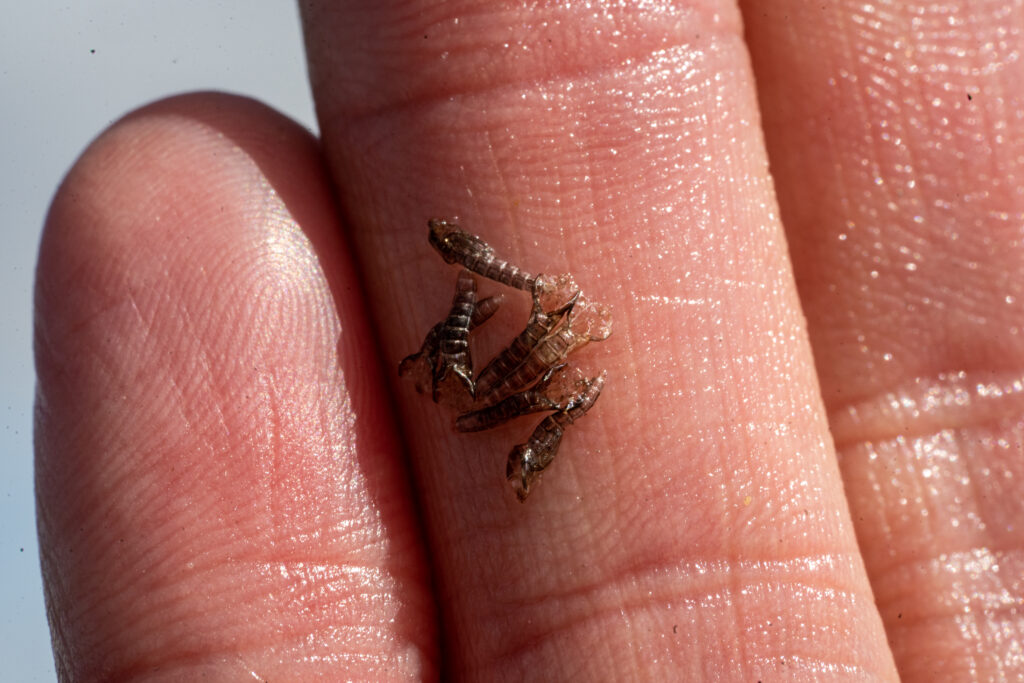Posts Tagged ‘Midge’
Fly Fishing: The Midge Life Cycle

Photo by: River Ambassadors Media
Understanding the midge life cycle can be crucial to catching more fish. Not only are midges in just about every water source they are a large part of a trout’s diet. They are hatching year round and understanding the midge can really up your fly fishing game.
1. Egg Stage:
The life cycle of a midge begins with the laying of eggs. Female midges typically lay their eggs in water or damp soil, often near a water source like ponds, lakes, or marshes. These eggs are tiny and often laid in clusters. Depending on the species, the number of eggs laid can vary greatly.
2. Larval Stage:
Once the eggs hatch, they enter the larval stage. Midge larvae, also known as bloodworms, are aquatic and live in freshwater environments. They feed on organic matter, algae, and microorganisms found in the water. Larvae play a vital role in freshwater ecosystems as decomposers, breaking down organic material and helping to recycle nutrients. The best bug to throw when they are in this stage is a Zebra Midge. To help figure out what color to tie on flip some rocks and be observant of the bugs flying around you.
3. Pupal Stage:
After a period of growth and development, midge larvae enter the pupal stage. During this stage, the larvae undergo metamorphosis, transforming into adult midges. Pupae are typically found in the water, often in silken cocoons attached to submerged vegetation or other structures. This stage can last anywhere from a few days to several weeks, depending on environmental conditions. We like to use a WD-40 and or a Midge with a glass bead. When midges emerge they create an air bubble that they can ride to the top and begin spreading their wings to fly.
4. Adult Stage:
Once the metamorphosis is complete, adult midges emerge from their pupal cases and rise to the water’s surface. Unlike mosquitoes, which also undergo aquatic development, midges do not bite as adults. Instead, their primary focus is reproduction. Adult midges have short lifespans, usually only a few days to a couple of weeks, during which they mate and lay eggs, thus completing the life cycle. This one be tricky sometimes but when you see a pod of fish rising throw on a small Adams Parachute, Griffith Gnat or small dry. Dip it in your liquid High N Dry Flotant and brush with our powder floatant to keep that small bug up top.
5. Environmental Impact:
Midges play important roles in aquatic ecosystems. As larvae, they contribute to nutrient cycling by breaking down organic matter. Additionally, midge larvae serve as a food source for various aquatic organisms, including fish, amphibians, and insects. However, large swarms of adult midges can be a nuisance to humans, especially in areas near water.
